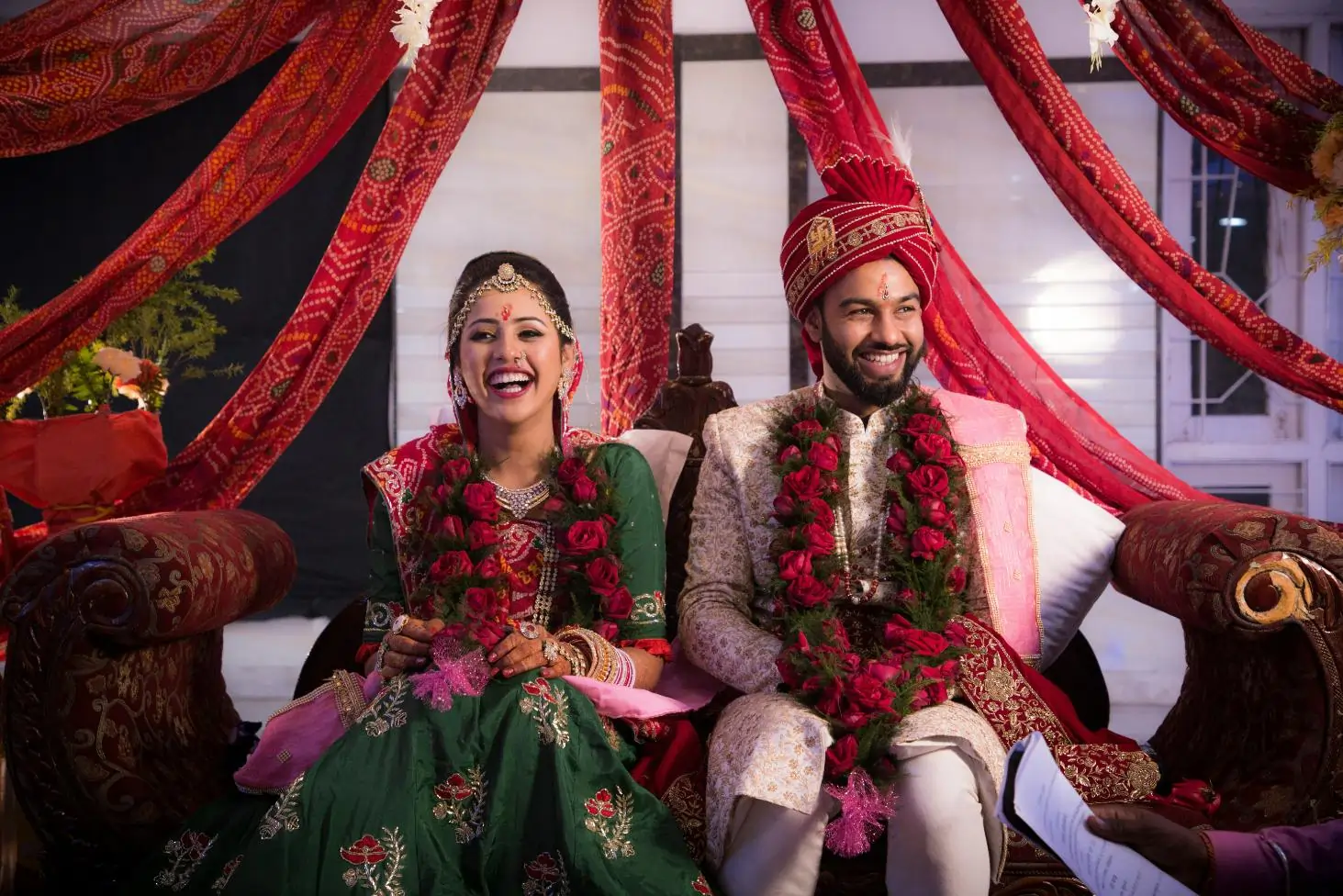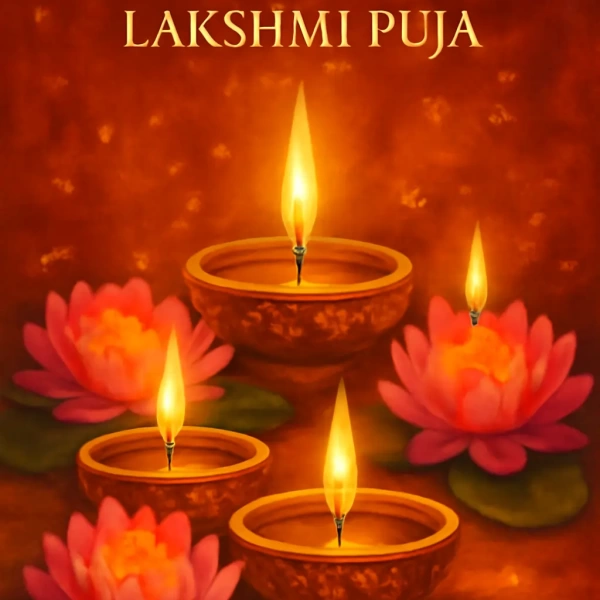In Hinduism, people regard marriage (Vivaha) not merely as a social convention but as a sacred samskara (sacrament) that actively unites two souls for seven lifetimes. Unlike Western-style weddings that emphasize romance and partnership, Hindu weddings deeply root themselves in dharma (duty), karma (action), and spiritual growth.
Moreover, families across regions, communities, and religious sects celebrate Hindu wedding ceremonies in colorful, symbolic, and meaningful ways. Despite these regional differences, all ceremonies pursue the same spiritual goal: to establish a harmonious home that serves as a foundation for spiritual evolution, social responsibility, and family dharma.
Introduction: The Union Across Lifetimes
In Hinduism, marriage (Vivaha) is more than a social convention but a religious samskara (sacrament) that unites two souls for seven lifetimes. Contrary to Western-style weddings that focus on romance and partnership, Hindu weddings are entrenched in dharma (duty), karma (action), and spiritual growth.
Hindu wedding ceremonies are colorful, symbolic, and full of meaning, and they are celebrated in differing ways across regions, communities, and religious sects, yet all share a spiritual objective: to establish a harmonious home that becomes a center for spiritual development, social duty, and family dharma.
Mythological and Scriptural Significance
Marriage is sanctified in ancient Hindu scriptures such as the Vedas, Smritis, and Puranas. The union of man and woman is, according to the Rig Veda, a holy pact attested by Agni (fire) and approved by the gods. In Ramayana, the divine union of Lord Rama and Sita is termed an exemplary pattern of virtue, love, and self-sacrifice. Lord Shiva and Parvati are also the cosmic union of Shakti (energy) and Shiva (consciousness).
The North Indian Hindu Wedding Ritual in Steps
1. Pre-Wedding Rituals
- Roka/Engagement: Traditional family agreement.
- Haldi: Turmeric paste on the bride and groom to cleanse and sanctify.
- Mehendi: Bride’s hands and feet decorated with henna designs.
- Sangeet: Dance and music night of celebration.
2. Wedding Day Rituals
- Baraat: The groom’s grand procession with family and friends.
- Jaimala: The Garland exchange represents acceptance.
- Kanyadaan: Bride’s parents present her to the groom.
- Vivah Homa: Divine fire ceremony seeking blessings for a holy union.
- Mangal Pheras: Seven pheras around the sacred fire, each vow representing one of the seven marriage virtues.
- Sindoor & Mangalsutra: The Groom applies sindoor on the forehead of the bride and puts on a sacred necklace as a symbol of marriage commitment.
3. Post-Wedding Rituals
- Vidaai: Sentimental bidding adieu as the bride departs from her paternal residence.
- Griha Pravesh: Bride’s auspicious entry into the in-laws’ house.
- Reception: Social reception with relatives and friends.
Regional Variations in Hindu Marriages
| Region | Unique Traditions |
| South India | Kashi Yatra, tying of the Thaali |
| Maharashtra | Sakhar Puda, Antarpāt veil during Mangalashtak chants |
| Bengal | Shubho Drishti, blowing of conch shells and ululation |
| Gujarat | Madhuparka ritual, Aeki Beki post-wedding game |
| Punjab | Anand Karaj in Gurudwara, Palla ceremony |
Spiritual Benefits of Marriage in Hinduism
- Facilitates the pursuit of dharma, artha, kama, and moksha
- Encourages mutual support in spiritual and worldly duties
- Fosters ancestral lineage and family dharma
- Strengthens society through moral and ethical living
- Provides a path for karma resolution and spiritual growth
Dos and Don’ts during Hindu Marriage Ceremonies
Do’s:
- First, Ensure auspicious timing through a muhurat determined by a qualified astrologer
- Then, Adhere to rituals with sincerity and spiritual consciousness
- Show respect towards elders and adhere to family tradition
- Both families engage in planning and ceremonies
- Keep a sattvik lifestyle during the wedding days
Don’ts:
- Abstain from the consumption of alcohol or non-vegetarian food during ceremonies
- Additionally, Avoid violating local customs or the priest’s advice
- Avoid hurrying rituals or making them a formality
- Importantly, It shouldn’t be extravagance that dominates the process, but the spiritual value
Online Sites for Marriage Puja & Consultation
| Platform | Special Feature |
| SriMandir | Personalized Vedic wedding rituals with real-time streaming |
| AstroTalk | Kundali matching + muhurat advice from certified astrologers |
| VedicPuja | Complete wedding puja kits and online pundit consultation |
| WeddedVedas | End-to-end Vedic marriage planning with scriptural guidance |
FAQs on Hindu Marriage Ceremonies
Q1: Do all rituals have to be done by a priest?
Yes, particularly the homa and sankalpa have to be done under the priest’s guidance for sanctity.
Q2: Are inter-caste or inter-faith Hindu marriages possible traditionally?
Yes, respectfully, with mutual consent, and proper adaptation, rituals can be adjusted.
Q3: What is the religious symbolism of the seven pheras?
Each phera symbolizes promises such as nourishment, strength, prosperity, offspring, harmony, longevity, and religious union.
Q4: Is it possible to conduct Hindu marriage rituals online?
Yes, some rituals, such as sankalp, chanting mantras, and blessings, are possible online.
Conclusion: A Sacred Beginning
In conclusion, Hindu marriage is not merely a celebration but a sacred initiation into grihastha ashrama the second and most crucial phase of life. Indeed, the ceremonies, mantras, and promises made at a wedding are meant to tie not only two human beings, but two souls into the infinite journey of love, obligation, and emancipation. By respecting these rites with devotion and knowledge, couples sow seeds of a life that blooms with spiritual insights and domestic happiness.
“Saha Dharma Charini — Together we shall walk the path of dharma.”

